A wart is the common name for a viral wart. Viral warts are caused by infection with the human papillomavirus, i.e., HPV. The virus penetrates human skin through damage or micro-damage to the epidermis and multiplies in epithelial cells, forming a lump with a keratinized surface.
A wart develops approximately two months to half a year after HPV infection. The speed of its growth is an individual matter. The change is usually oval, has a rough surface, and is flesh-colored, yellowish, or brown. It may occur singly or in clusters.
Scientists distinguished over 100 different types of human papillomavirus, which can cause lesions on the skin, mucous membranes, and genitals. The most common ones include:
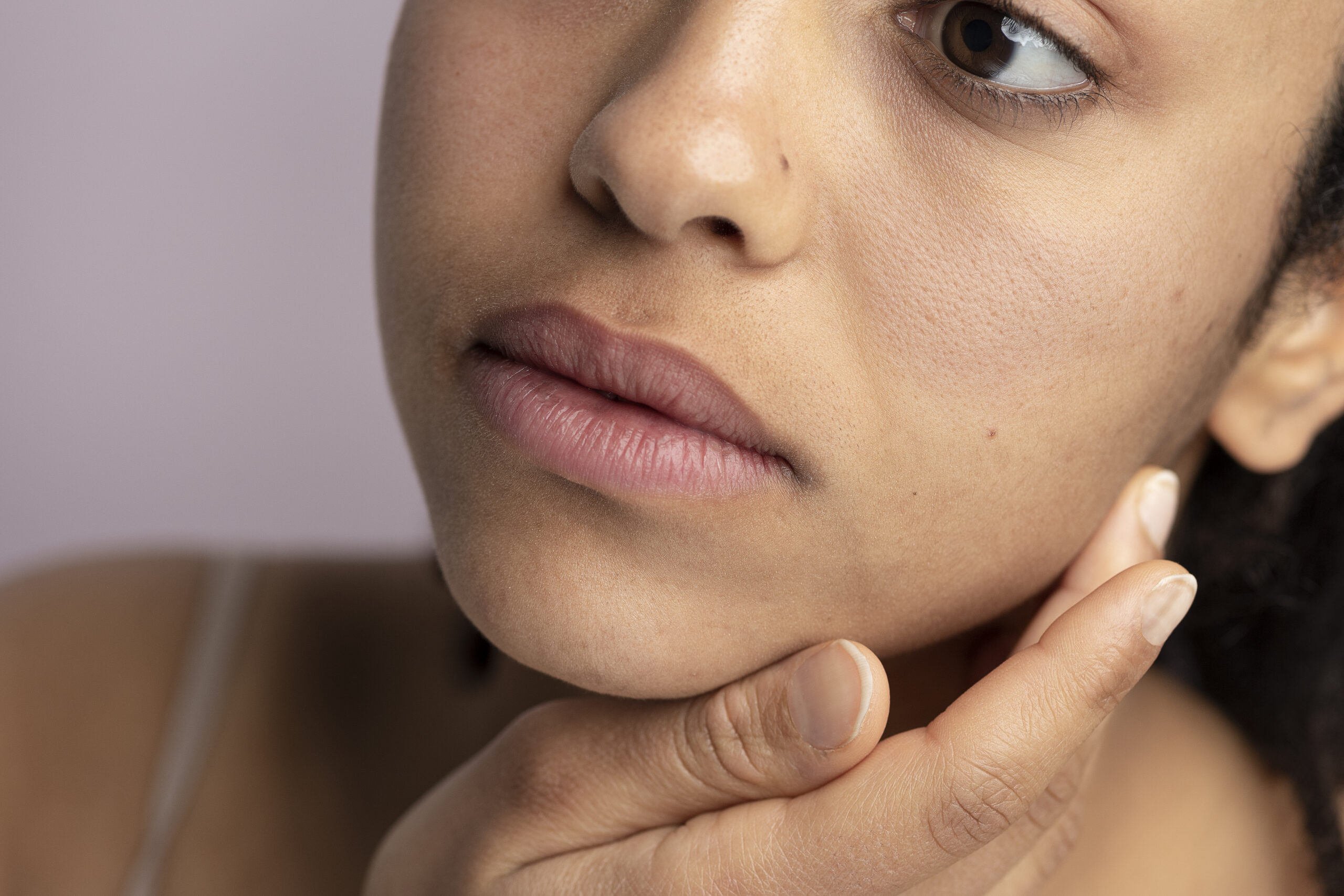
Human papillomavirus![]() , also called HPV, is a virus that infects cells of the epidermis and squamous epithelium. There are over 100 types of HPV virus.
, also called HPV, is a virus that infects cells of the epidermis and squamous epithelium. There are over 100 types of HPV virus.
Risk factors for getting infected with the HPV virus include:
Complications are mainly related to the location of the lesion and the type of HPV virus:
The emerging skin lesions most often resemble lumpy growths. Depending on the type of virus responsible for their formation, it may reach a size from several millimeters to even several centimeters.
At first, the wart may look like a callus in the shape of a flat thickening of the epidermis. That is because they are caused by the presence of a virus which, after entering the skin, stimulates the production of more cells involved in the process of keratinization of the epidermis, also called keratinocytes. Over time, the wart begins to increase in volume – then the wart surface becomes uneven and rough, and the keratinized epidermis starts to cover it.
Skin lesions are usually similar in color to the skin. However, they may also be gray or brown. Most often, they occur singly, but with inappropriate treatment methods, they may spread and appear in groups. Moreover, skin lesions can appear in various places on the body.
The symptoms of warts![]() in the human body are related to visual changes. Additionally, those skin changes may often be accompanied by tenderness and sometimes additional pain and a bothersome burning sensation. Warts can also make it difficult to perform everyday activities.
in the human body are related to visual changes. Additionally, those skin changes may often be accompanied by tenderness and sometimes additional pain and a bothersome burning sensation. Warts can also make it difficult to perform everyday activities.
Furthermore, corn is observed within the skin lesion, the removal of which is associated with the appearance of dilated capillaries. Black dots, which are bleeding points called wart roots, are also often visible.
Very often, warts are confused with corns due to their relatively high – at first glance – similarity in appearance, especially at the early stage of development. However, these are entirely different diseases.
First of all, corns are caused by prolonged rubbing or pressure on the skin. They have the form of a painful thickening, taking various shapes, pale yellow in color and with a root present inside, growing into the deeper layers of the skin.
The situation is different in the case of warts, which result from a viral infection. Black or brown dots are visible on the wart's surface, which are blood vessels with clotted blood, distinguishing it from a print.
When it comes to warts, the causes![]() of those skin lesions are related to the presence of the HPV virus, as mentioned earlier. It has over 100 types. In a mild form of the virus, warts appear on the human body, while some types can cause changes in the genitals. Moreover, they may lead to the development of uterine cancer, which is related to the uncontrolled division of cervical epithelial cells.
of those skin lesions are related to the presence of the HPV virus, as mentioned earlier. It has over 100 types. In a mild form of the virus, warts appear on the human body, while some types can cause changes in the genitals. Moreover, they may lead to the development of uterine cancer, which is related to the uncontrolled division of cervical epithelial cells.
HPV infection occurs through direct contact with infected tissue or contaminated objects (the virus is very resistant to high temperatures). The main route is usually sexual contact – the transmission and entry of the virus is facilitated by micro-injuries of the mucous membrane that occur during sexual intercourse (vaginal, anal or oral intercourse).
Condoms are not a guarantee of protection. In the case of HPV, they can only reduce the risk of getting the disease, because HPV can also be transmitted to areas that are not covered or protected by a condom, such as mucous membranes or skin.
Infection may occur through contact:
Many people may be asymptomatic carriers of the virus, and some people whose changes resolve spontaneously may still be infectious. Another less common way is infection during childbirth, breastfeeding, or through blood.
HPV infection is a random matter. It depends primarily on whether we have contact with the virus or not but also on our immunity and hygiene.
Warts are a common medical problem and are an ordinary reason for visits to dermatology offices. Groups particularly at risk of HPV infection include children, elders, and patients with weakened immunity. Moreover, there are no people immune to getting the HPV virus.
Scratching the wart or irritating the surrounding skin may spread the lesion. In people with weakened immunity, massive spread of warts or condylomas may occur, which may look as if the lesions were growing on top of each other.
Most changes vanish on their own within several years. Usually, inflammation occurs within the wart first, and then the lesion disappears. However, as the virus spreads, new warts may form in a different location.
If you notice changes resembling warts, visiting a dermatologist is worth visiting. Such a specialist will make a diagnosis![]() using interviewing the patient, performing palpation, and examining the wart to determine the type of changes.
using interviewing the patient, performing palpation, and examining the wart to determine the type of changes.
Histopathological examination![]() involves a microscopic assessment of tissue material collected from the patient. The material is obtained from the affected area and constitutes the basis for diagnosing or excluding a suspected ailment. The possibility of conducting histopathological examination is of particular importance in oncology. It allows for accurate diagnosis of the nature and advancement of changes, degree of malignancy, and in some cases also detection of specific properties enabling the use of unique, individual treatment (so-called targeted therapies).
involves a microscopic assessment of tissue material collected from the patient. The material is obtained from the affected area and constitutes the basis for diagnosing or excluding a suspected ailment. The possibility of conducting histopathological examination is of particular importance in oncology. It allows for accurate diagnosis of the nature and advancement of changes, degree of malignancy, and in some cases also detection of specific properties enabling the use of unique, individual treatment (so-called targeted therapies).
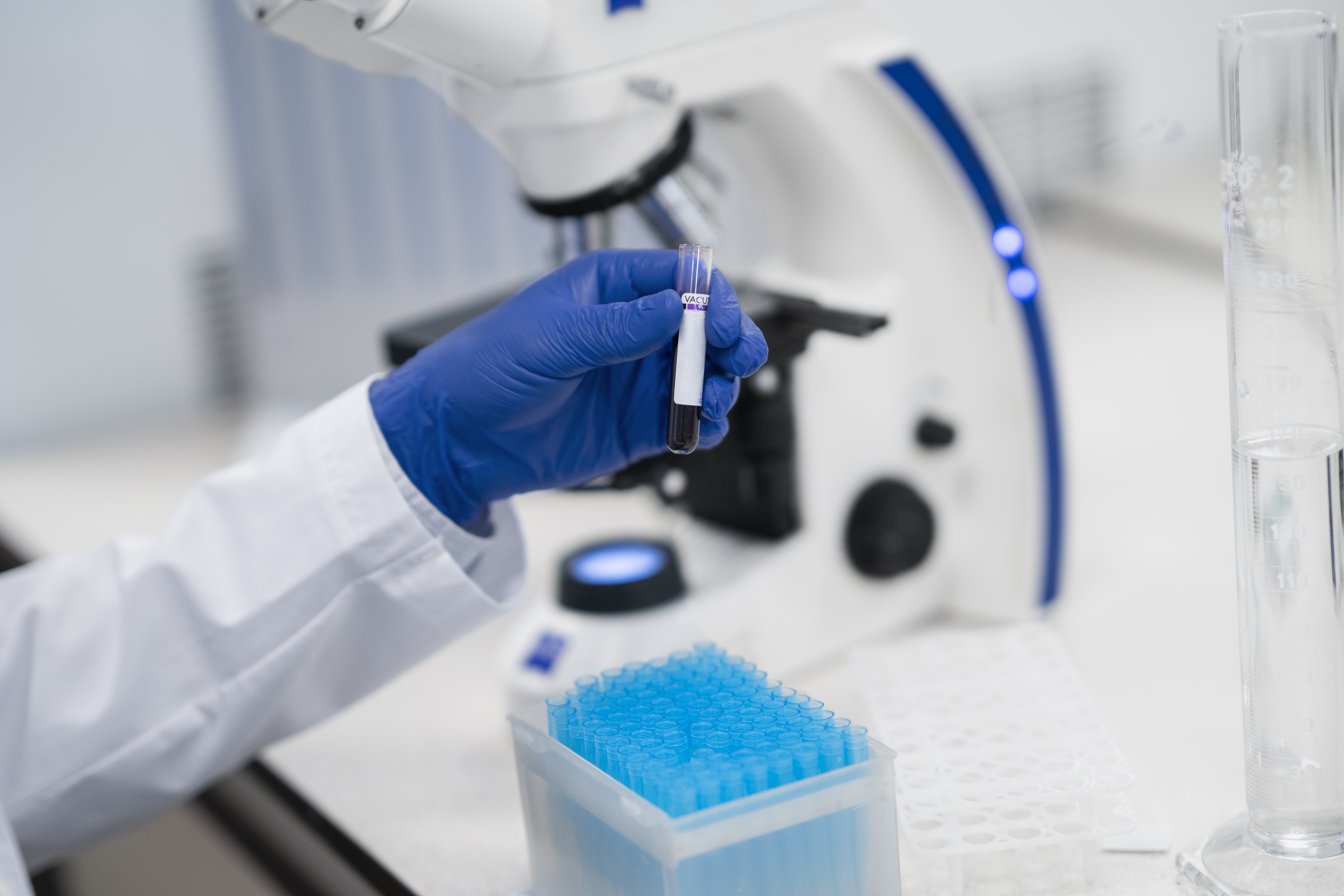
The doctor can also differentiate what type of lesions they are, but both flat and common warts are treated with similar methods, so their terminology is of secondary importance here.
During the doctor's visit, the patient may learn about:
Some patients rely on observation, e.g., made by themselves or a pharmacist, and undertake treatment based on medicines available in pharmacies without a prescription.
Knowing what a wart looks like and what ailments it may cause, it is worth taking action to eliminate disturbing skin lesions. Before making a decision, however, you should always consult a dermatologist who will introduce appropriate treatment methods![]() based on the medical interview and ordered tests.
based on the medical interview and ordered tests.
Treatment of warts is painless, although the patient may feel slight discomfort despite prior administration of a local analgesic. A dermatologist can treat viral warts and will likely recommend one of the following methods.
If warts are suspected, seeking professional help from a dermatologist or family doctor, pediatrician, gynecologist, or urologist is recommended, who will diagnose the lesion and suggest appropriate preparations. These may be over-the-counter or prescription drugs. In the treatment of warts, e.g., i*******d or 5-f**********l preparations are used. Treatment usually lasts from one to several months.
The surgical method of removing warts is curettage. The doctor uses a surgical tool to cut out subsequent layers of the wart. The procedure requires anesthesia. The wound usually takes quite a long time to heal. A scar may remain.
Cryotherapy![]() involves applying liquid nitrogen to the viral wart. Because it can be painful and often requires several applications over several weeks, it is not always ideal for small children. It is estimated that getting rid of warts using this method may take up to four months.
involves applying liquid nitrogen to the viral wart. Because it can be painful and often requires several applications over several weeks, it is not always ideal for small children. It is estimated that getting rid of warts using this method may take up to four months.
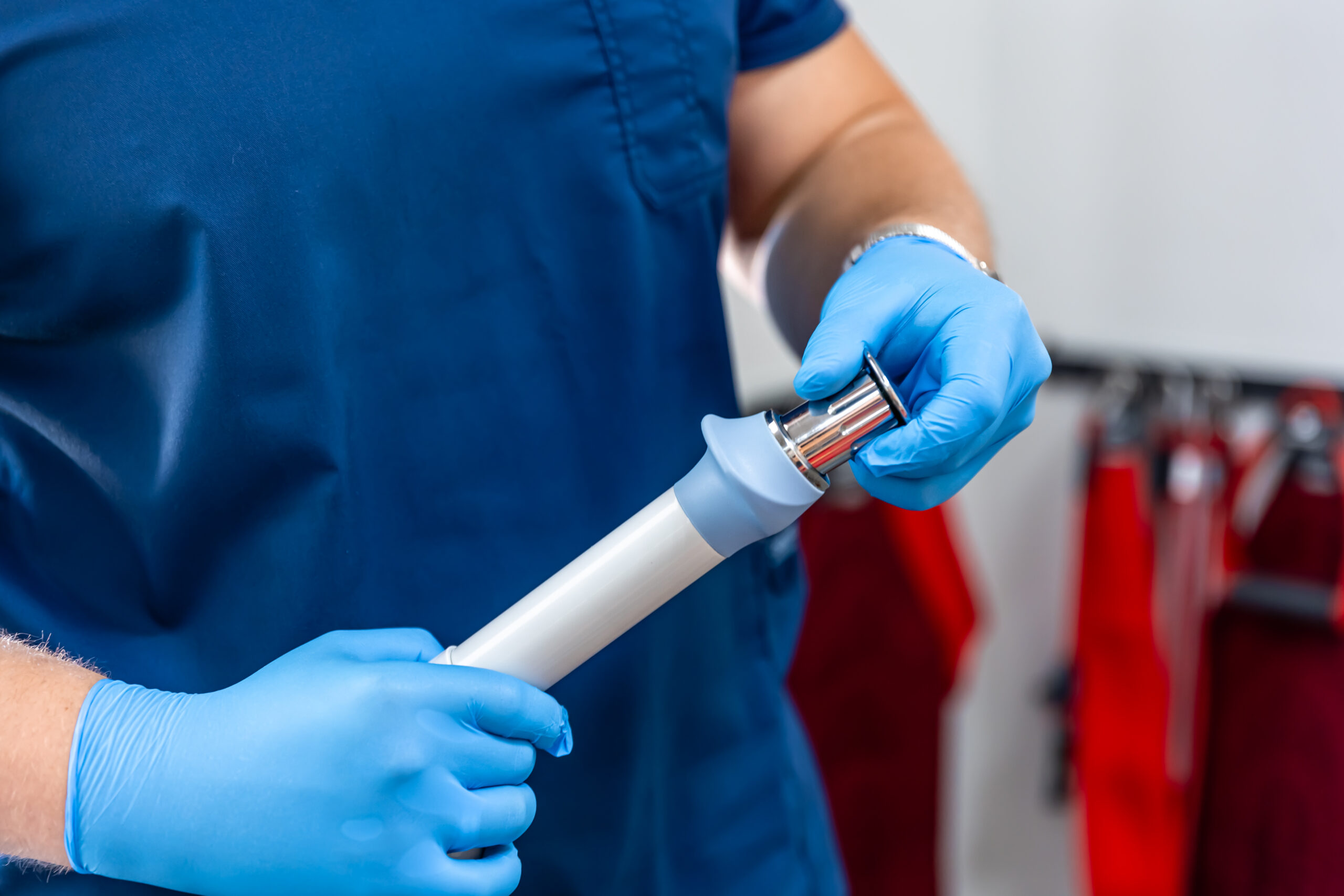
Laser surgery![]() uses a focused, intense beam of light. This technique can help accomplish the expected outcomes when other forms of treatment fail. Laser surgery is used in challenging cases. Many specialists consider it a last resort because it can leave scars.
uses a focused, intense beam of light. This technique can help accomplish the expected outcomes when other forms of treatment fail. Laser surgery is used in challenging cases. Many specialists consider it a last resort because it can leave scars.
Moreover, the doctor may perform electrosurgery![]() (curettage and cautery) under local anesthesia. The specialist cuts off the wart and burns the base diathermy or cautery. The wound takes about two weeks to heal. However, even then, some changes can recur within some time (usually a few months).
(curettage and cautery) under local anesthesia. The specialist cuts off the wart and burns the base diathermy or cautery. The wound takes about two weeks to heal. However, even then, some changes can recur within some time (usually a few months).
Removing warts yourself should be done with great caution. Especially when warts are located on the face or mucous membranes. Liquids, gels, creams, patches often based on salicylic![]() or lactic acid, with an exfoliating effect, and self-freezing kits are available in pharmacies without a prescription.
or lactic acid, with an exfoliating effect, and self-freezing kits are available in pharmacies without a prescription.
A combination of two drops of water, a drop of tea tree oil![]() , and a drop of apple cider vinegar is also worth considering. It would be best if you rubbed this mixture on the wart or even try applying it as a compress, secured with a bandage. The covering should be changed every few hours.
, and a drop of apple cider vinegar is also worth considering. It would be best if you rubbed this mixture on the wart or even try applying it as a compress, secured with a bandage. The covering should be changed every few hours.
You can also use celandine![]() for warts. The juice from the freshly broken stem of this plant has bactericidal and virucidal properties. It is particularly effective against the human papillomavirus HPV, which causes warts.
for warts. The juice from the freshly broken stem of this plant has bactericidal and virucidal properties. It is particularly effective against the human papillomavirus HPV, which causes warts.
A weed called dandelion will also help combat warts. Juice from a freshly broken stem, the so-called milk, rub the wart and then wrap the area with a bandage. It is especially recommended at the beginning of the wart formation.
Prevention![]() in the case of warts is much more difficult because the disease spreads quickly and relatively easily, as mentioned earlier. First of all, you need to focus on the prevention of HPV infections by:
in the case of warts is much more difficult because the disease spreads quickly and relatively easily, as mentioned earlier. First of all, you need to focus on the prevention of HPV infections by:
An uncomplicated way to avoid infection is not to touch objects previously used by an infected person, e.g., towels or shoes. You should also cover any wounds and scratches with plaster so that they do not become a gateway for the virus to enter.
Vaccinations![]() concern selected types of HPV, primarily those that are a risk factor for the development of genital cancer; their purpose is not to prevent warts, although it is worth mentioning that work is underway on a vaccine against the types of virus that lead to the formation of warts.
concern selected types of HPV, primarily those that are a risk factor for the development of genital cancer; their purpose is not to prevent warts, although it is worth mentioning that work is underway on a vaccine against the types of virus that lead to the formation of warts.
The vaccine should not be administered if there are general contraindications to vaccination, which apply regardless of the vaccine administered, e.g., severe hypersensitivity to the active substances or any excipients contained in the vaccine (permanent contraindication). The vaccine is not administered to pregnant women, but there is no need to perform a pregnancy test before vaccination. People who experience symptoms consistent with hypersensitivity after receiving the HPV vaccine should not receive further doses.
The presence of a minor infection is not a contraindication to vaccination. Still, in such a situation, the procedure is usually not performed (it should be postponed) so as not to confuse the symptoms of the disease with possible adverse events after vaccination. Vaccination can be accomplished when the acute symptoms of the disease subside.
Therefore, it may happen that the wart will disappear when our immune system is strengthened and we will be able to deal with it on its own, like with any other type of infection. A healthy body in a natural balance can fight pathogenic viruses and overcome this troublesome disease.
So, if we have to deal with warts, it is worth increasing our immunity and strengthening our immune system. Especially remember about a diet that includes products rich in vitamins and minerals, as they are responsible for the proper functioning of the body. It is also worth moisturizing the skin, which, thanks to appropriate creams, will be elastic and resistant to the adverse effects of external factors.
Table of Contents
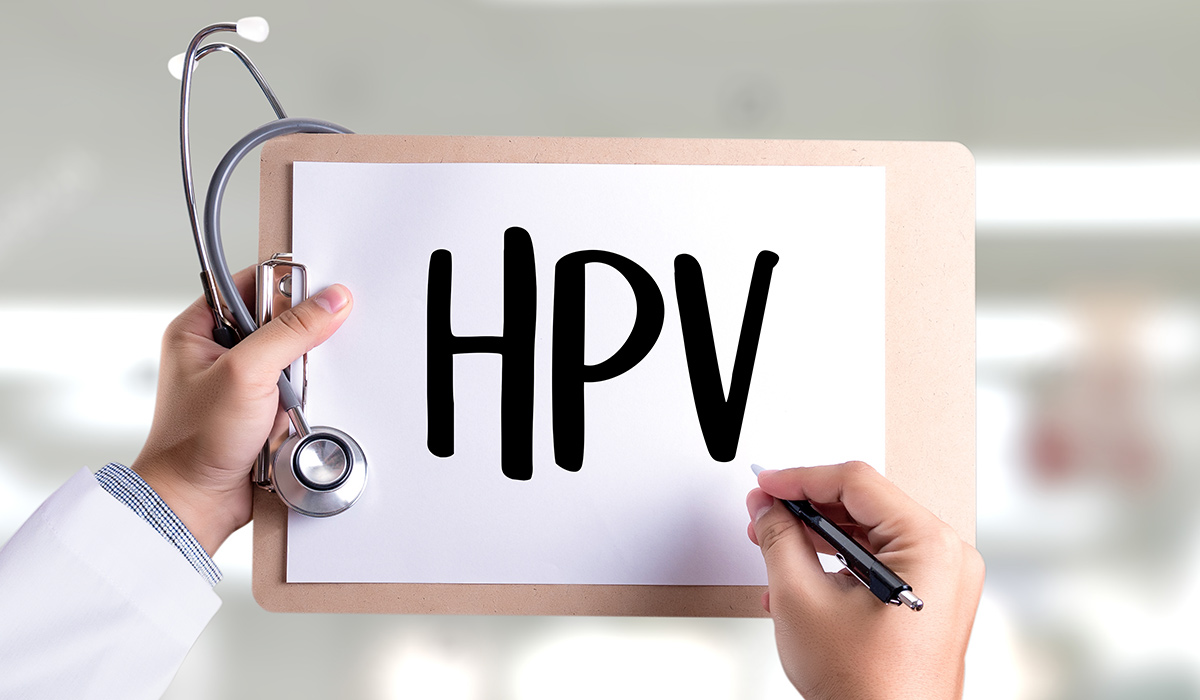
HPV (human papillomavirus) is a pathogen that can cause many different conditions, depending on its subtype. What are the symptoms… read more »
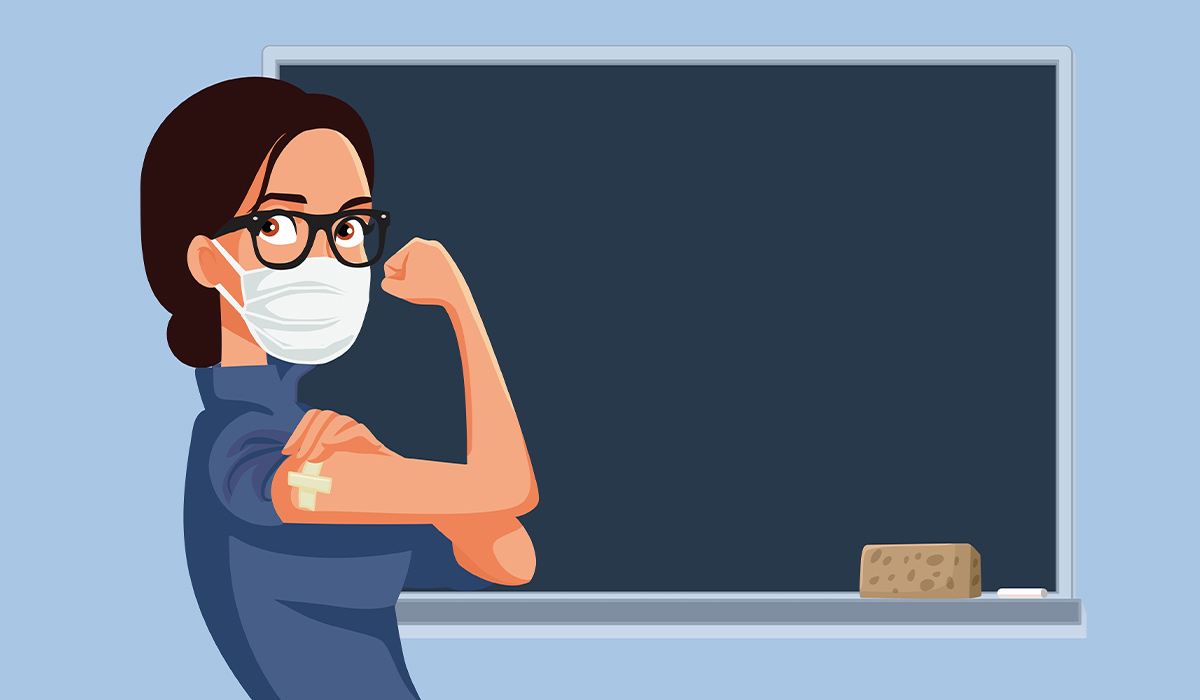
Human papillomavirus infection is one of the most common viral infections, mainly sexually transmitted. It can cause cancer. Check the… read more »
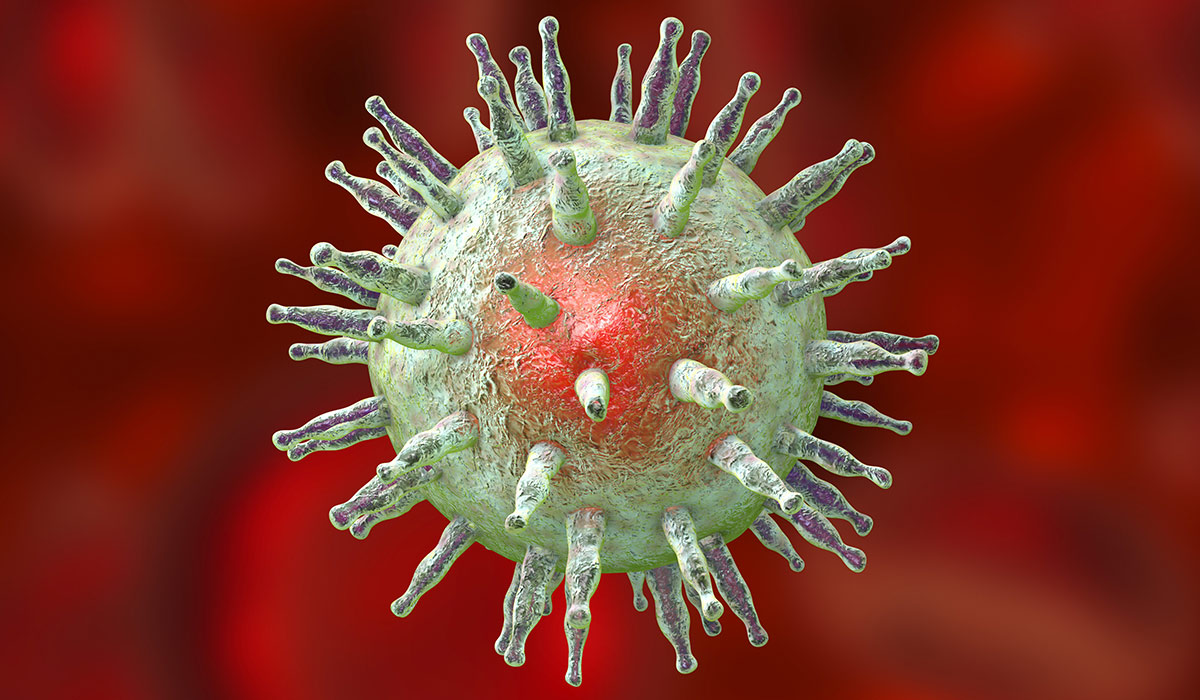
Epstein Barr Virus is a pathogen that causes infectious mononucleosis and many other diseases. Learn about the risks associated with… read more »
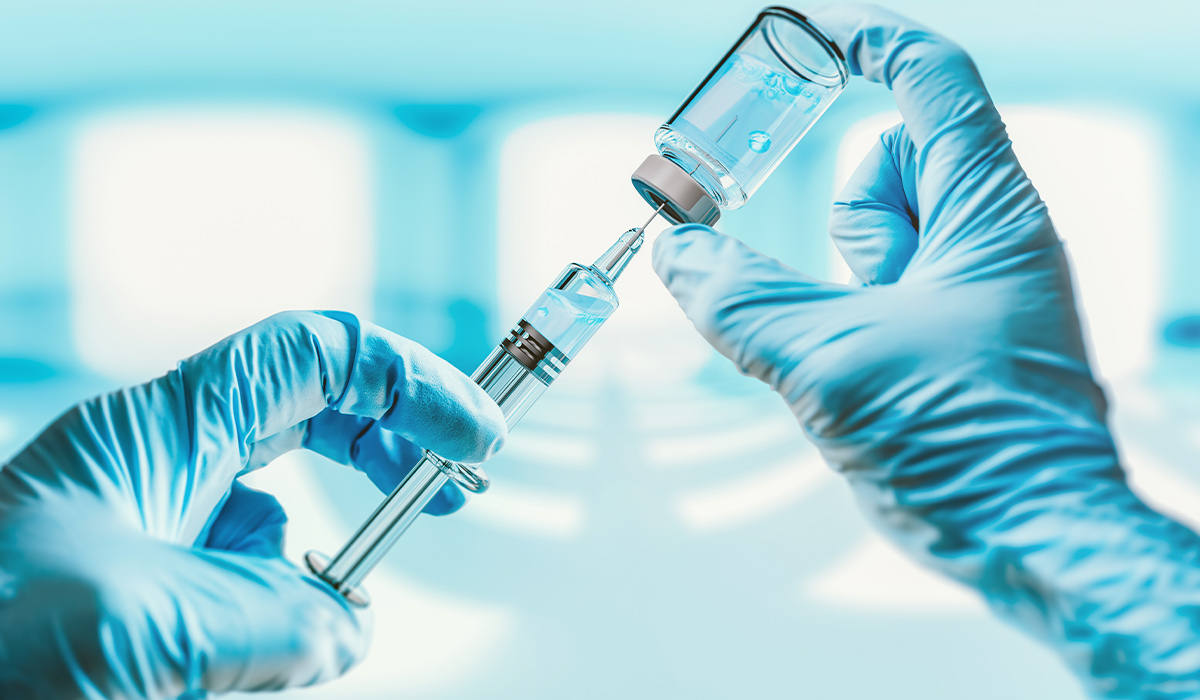
The vaccine imitates a natural infection and leads to the development of immunity similar to that obtained during the first… read more »
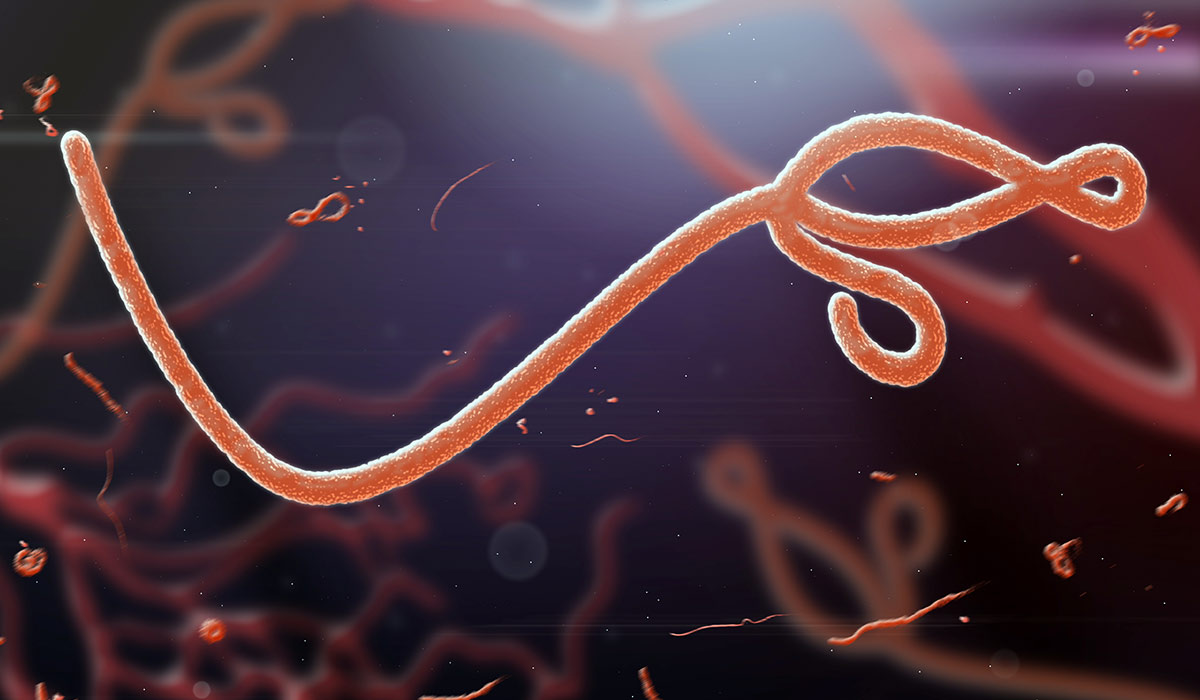
The Ebola virus continues to pose a threat to those living in Africa. Learn about the risks associated with Ebola… read more »
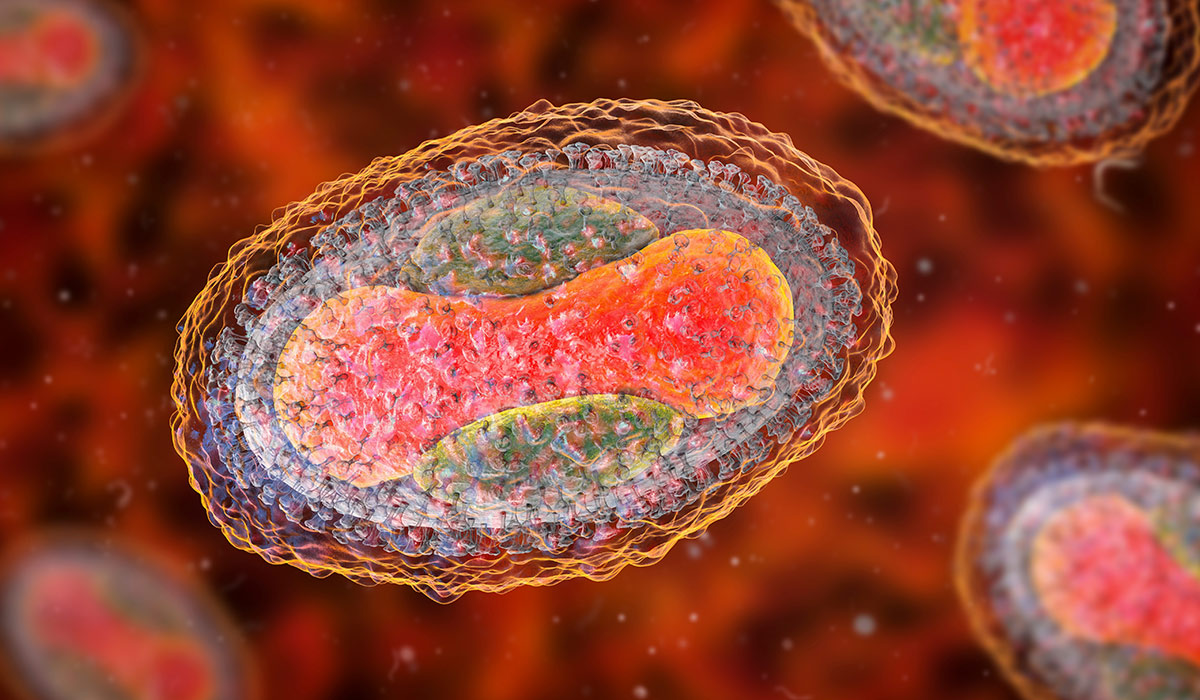
Molluscum contagiosum is a common skin infection especially in children. Find out how to recognise molluscum contagiosum skin lesions. Learn… read more »
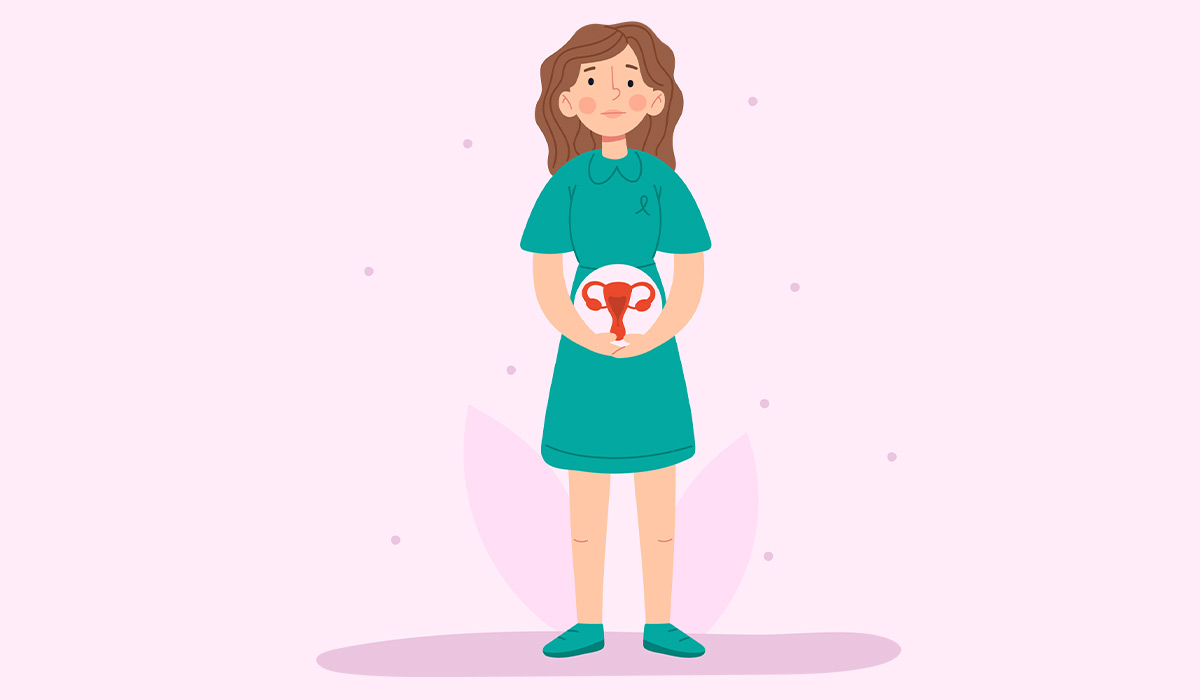
Cervical cancer is a type of cancer that occurs in the cells of the cervix, which is the lower part… read more »
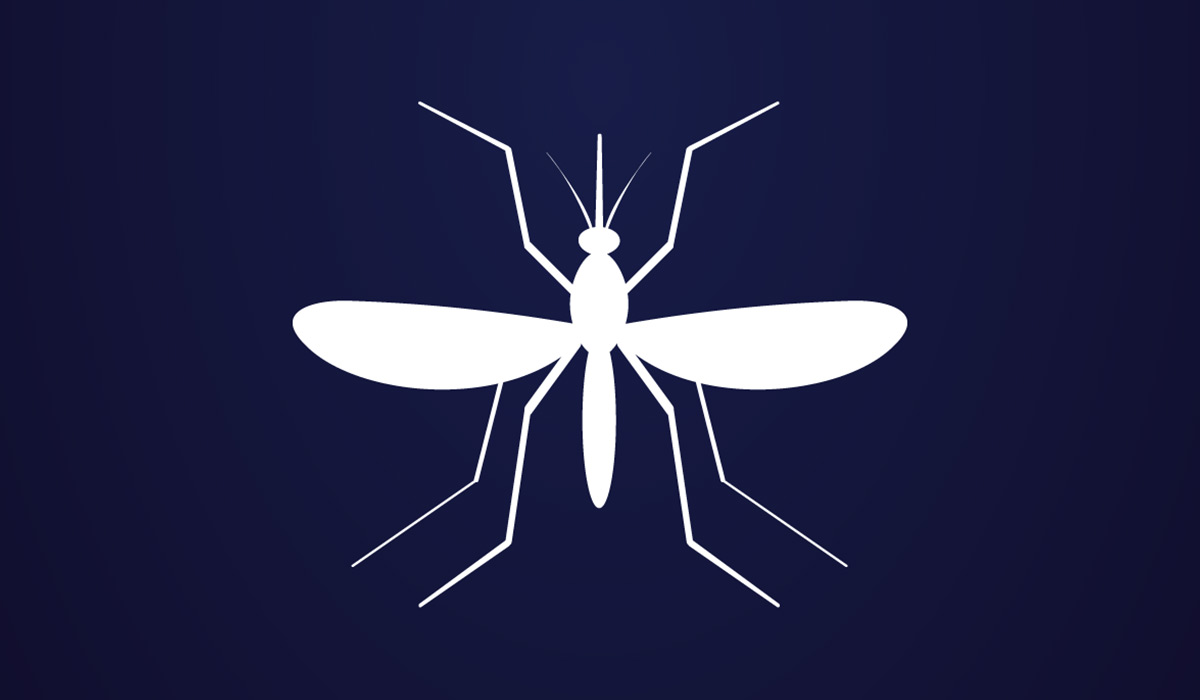
West Nile Virus is a threat not only to Africans. Fortunately, most patients pass the infection mildly, but there are… read more »
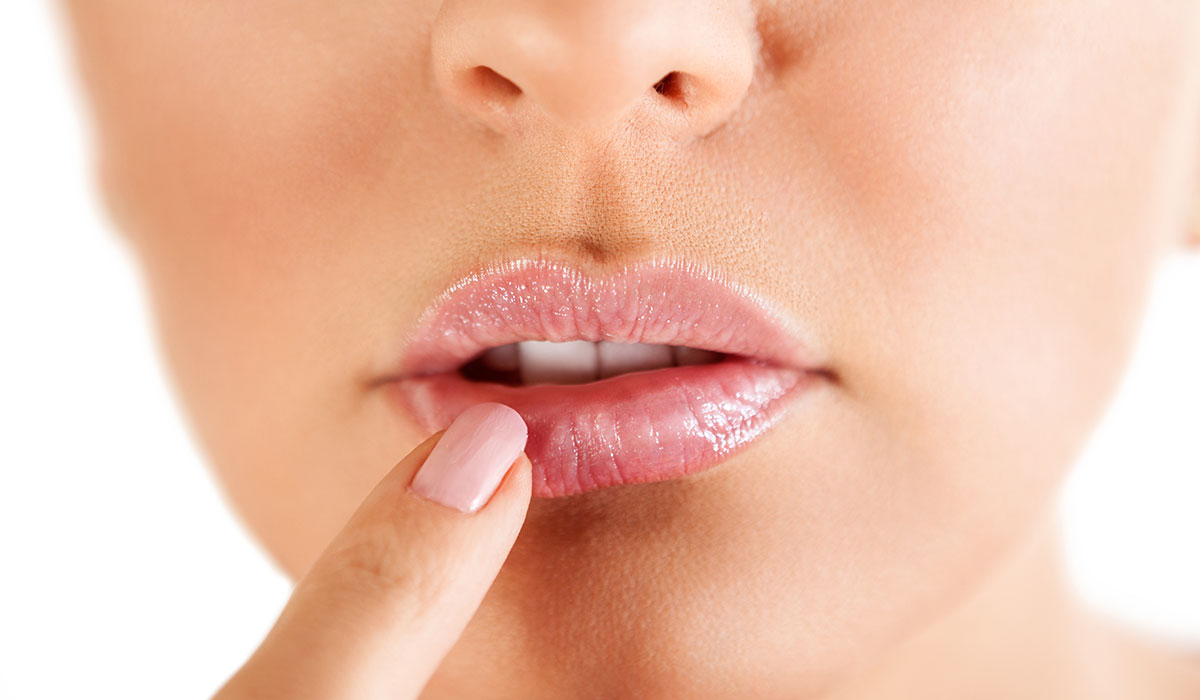
Herpes is a viral infectious disease that most often affects the lip area. Herpes virus infections are common. What does… read more »